good deal on flourescents??
zone3er
18 years ago
Related Stories
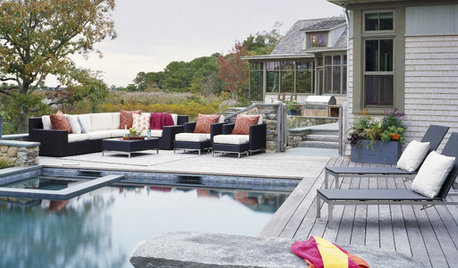
LIFE10 Smart Ways to Deal With Summer Gear
Start fall with a clean slate by organizing, repairing and storing summertime essentials the right way
Full Story
PETSDealing With Pet Messes: An Animal Lover's Story
Cat and dog hair, tracked-in mud, scratched floors ... see how one pet guardian learned to cope and to focus on the love
Full Story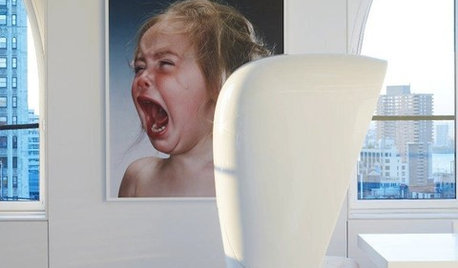
LIFEThe Polite House: How to Deal With Noisy Neighbors
Before you fly off the handle, stop and think about the situation, and follow these steps to live in harmony
Full Story
LIFEA Therapist’s Guide to Dealing With Conflict at Home
Piles of laundry and dirty dishes are a part of cohabitating. Here’s how to accept it and move forward
Full Story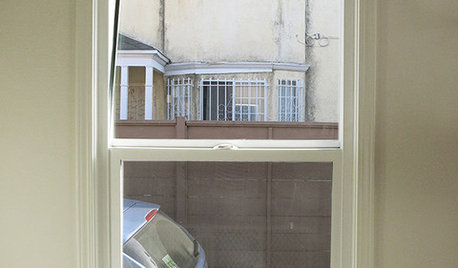
WINDOW TREATMENTS6 Ways to Deal With a Bad View Out the Window
You can come out from behind the closed curtains now. These strategies let in the light while blocking the ugly
Full Story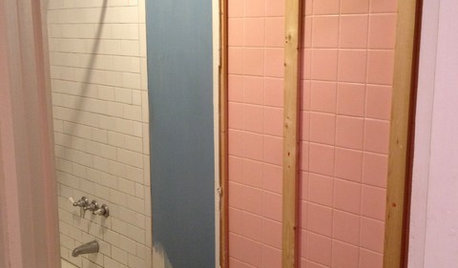
REMODELING GUIDES5 Ways DIY Remodels Get Derailed — and How to Deal
Keep your remodel on track by knowing the potential pitfalls ahead of time
Full Story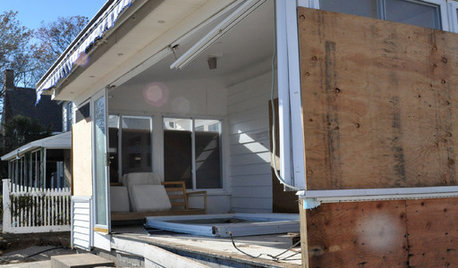
DISASTER PREP & RECOVERY7 Initial Steps for Dealing With Floodwater Damage
How you handle your flooded home and its contents can affect not only the damage level but also your personal safety
Full Story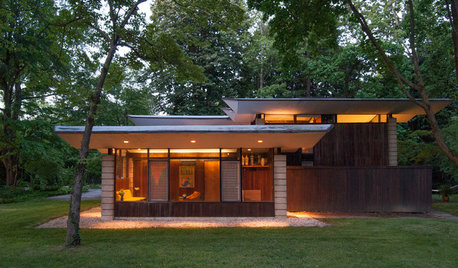
HEALTHY HOMEWhat's the Deal With Radon?
Get the facts on testing for this cancer-causing gas — and how to make your home safe if it shows up
Full Story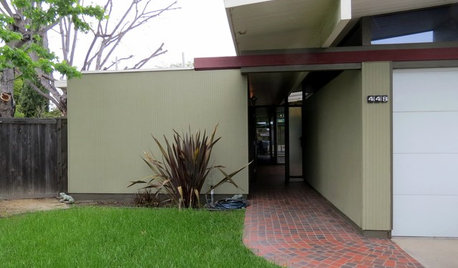
HOUZZ TOURSMy Houzz: Yard Seals the Deal for an Eichler Home
Expansive indoor-outdoor living sold a couple on this midcentury California home, now brimming with vintage finds collected over time
Full Story
APARTMENTSHouzz Tour: Sweetening the Penthouse Deal
With a newly dramatic interior design — including a sexy lounge — this Portland home is now living up to its potential
Full StoryMore Discussions






shrubs_n_bulbs
zone3erOriginal Author
Related Professionals
Mountain Brook Landscape Architects & Landscape Designers · Beverly Hills Landscape Contractors · Bridgeport Landscape Contractors · Gaithersburg Landscape Contractors · Hawaii Landscape Contractors · La Vista Landscape Contractors · Lake Saint Louis Landscape Contractors · Washington Landscape Contractors · Baileys Crossroads Landscape Contractors · San Pablo Landscape Contractors · Holbrook Fence Contractors · Lake Zurich Fence Contractors · Atlanta Roofing & Gutters · Bronx Roofing & Gutters · California Roofing & Gutterszink
shrubs_n_bulbs
zink
ljrmiller
sanj
zink
nygardener